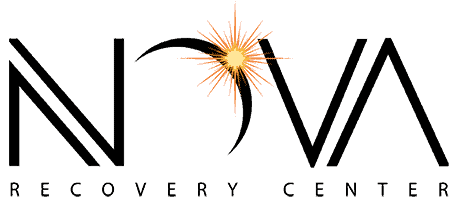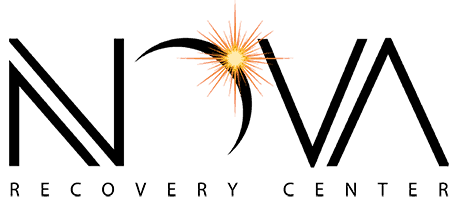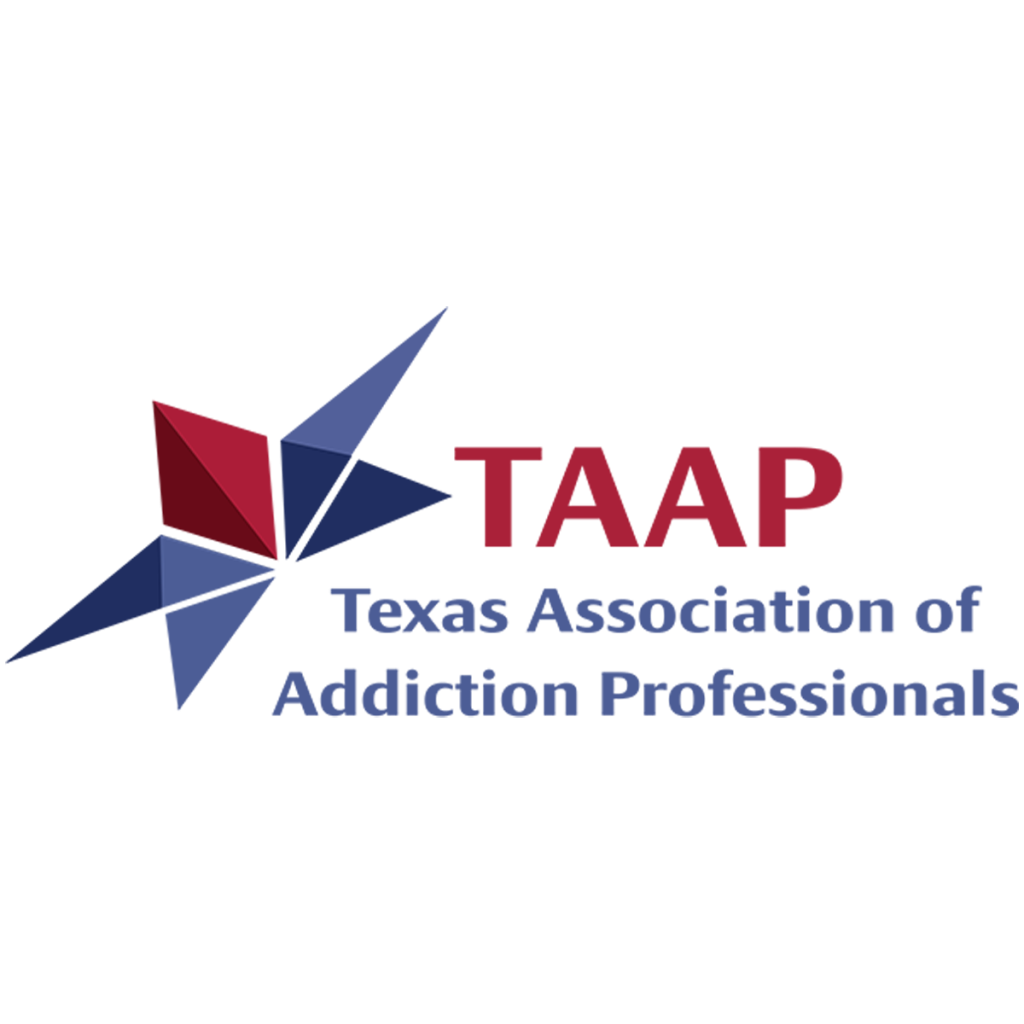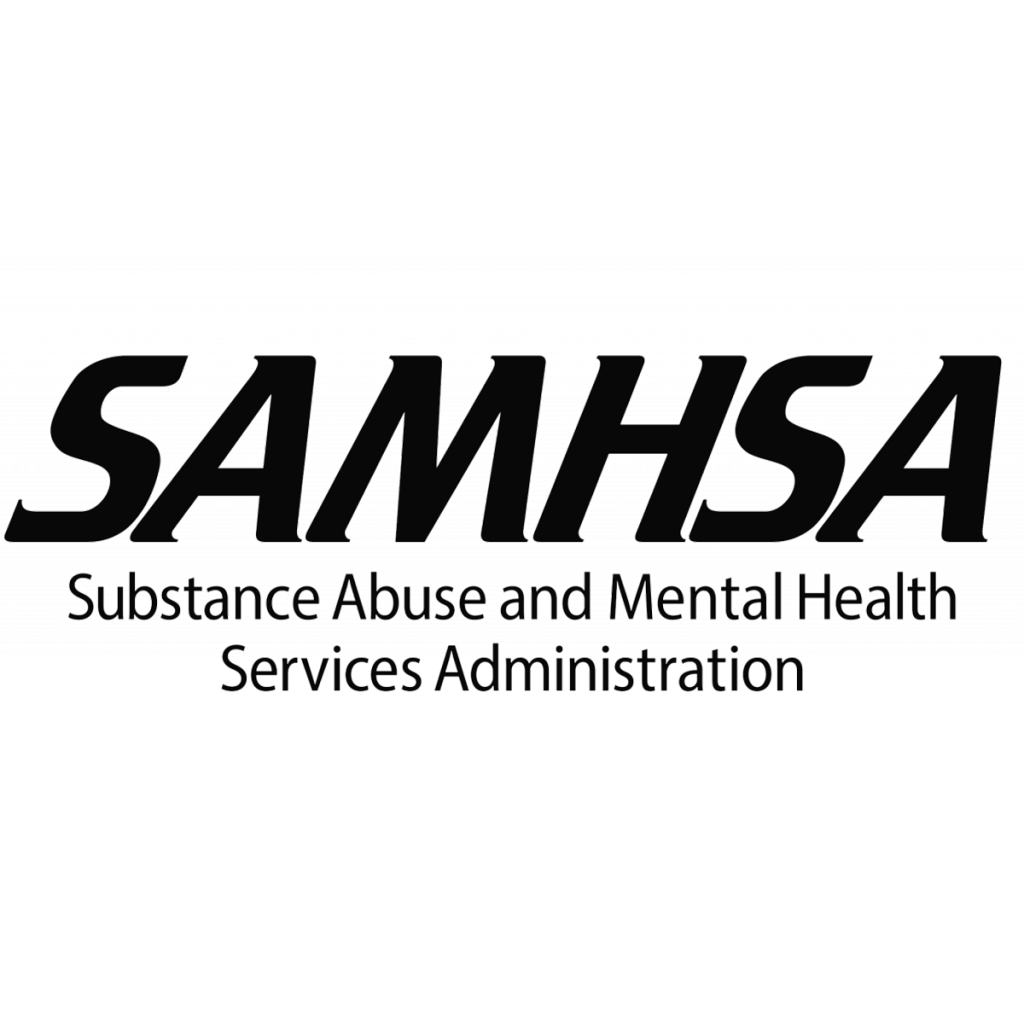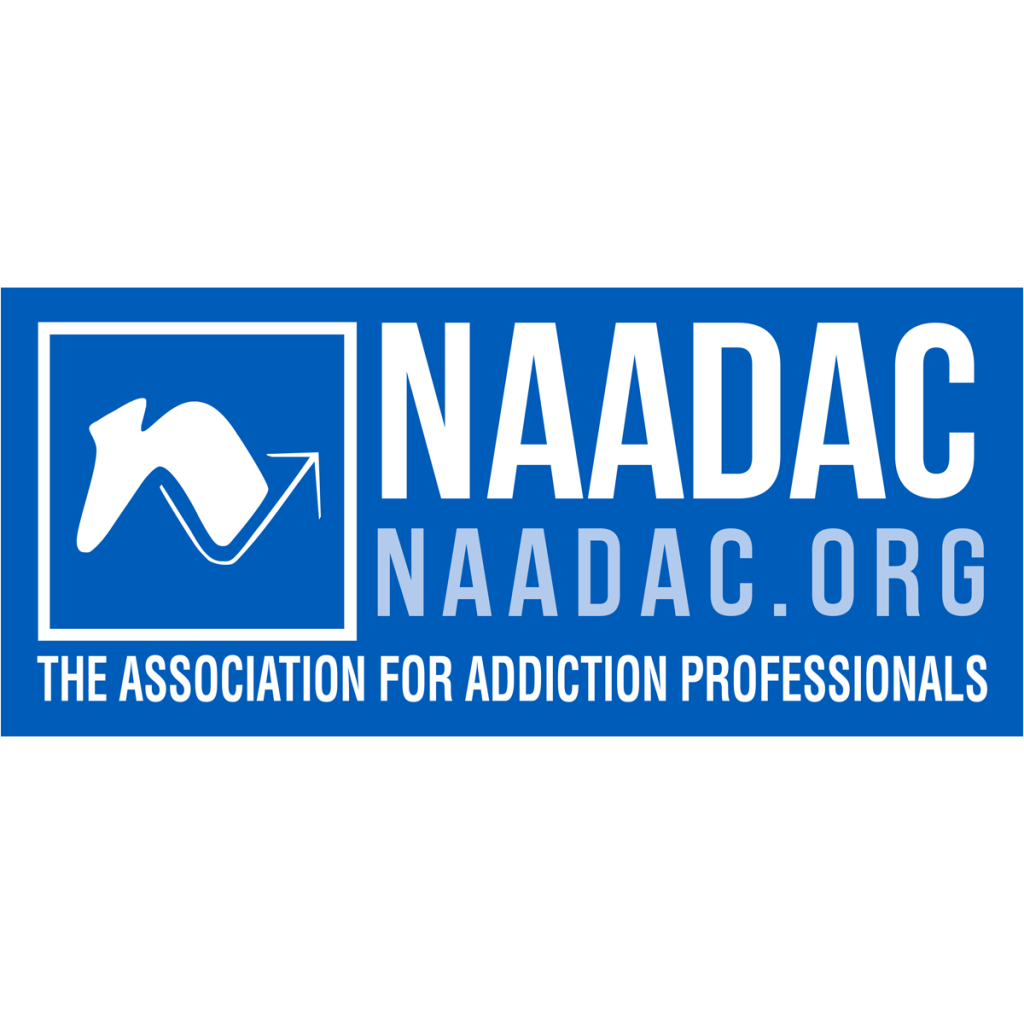Elavil
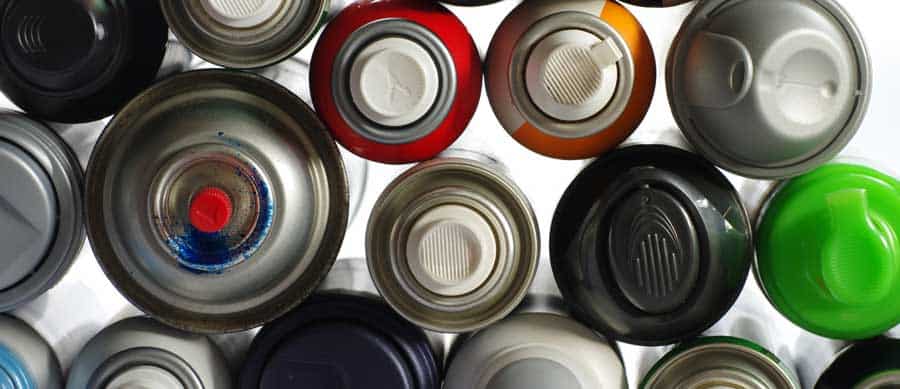
Elavil (Amitriptyline) Abuse and Addiction: Side Effects, Detox, Withdrawal, and Treatment
Table of Contents
What is Elavil (Amitriptyline)?
Amitriptyline is a prescription antidepressant that was once marketed under the brand name Elavil. This type of drug known as a tricyclic antidepressant but it’s also prescribed to treat pain caused by conditions like fibromyalgia. migraines, and arthritis.
This medication is believed to work by increasing levels of serotonin in your brain to improve your mood and change the way your nerves receive pain signals to relieve pain.1 Although amitriptyline is still commonly prescribed for its ability to reduce chronic pain and related depression and anxiety, tricyclic antidepressants have primarily been replaced with selective serotonin reuptake inhibitors (SSRIs) and serotonin-norepinephrine reuptake inhibitors (SNRIs) because they have fewer side effects.
Amitriptyline usually comes in tablet form and is meant to be taken orally. Generally, it’s taken one to four times a day around the same time each day.2 It can take a few weeks before amitriptyline feels like it’s working, so it’s important to continue to take the designated dosage prescribed by your doctor.
Is Amitriptyline Addictive?
Amitriptyline is not generally considered an addictive drug, but it’s commonly abused because it produces euphoric and sedating effects. With chronic amitriptyline abuse, a person can develop a physical tolerance to the drug, which may lead to amitriptyline addiction over time.
Currently, amitriptyline is only sold in the U.S. in generic forms. According to the Drug Enforcement Administration (DEA), it’s not designated as a controlled substance. However, you can only legally get it with a prescription from a doctor.
What are Some Slang Terms for Amitriptyline?
Common slang terms or street names for antidepressants like amitriptyline include:
- Bottled Smiles
- Happy Pill
- Miracle Drug
- Wonder Drug
About Amitriptyline Abuse and Addiction
Overall, the abuse potential of amitriptyline is low. Although amitriptyline isn’t as frequently abused as other addictive drugs, it still poses a major threat because it produces feelings of relaxation and euphoria, which makes it addictive. People who misuse it are much more likely to develop a physical tolerance and addiction to it.
People who misuse amitriptyline may:
- Take larger doses than prescribed
- Take more frequent doses than prescribed
- Take amitriptyline that was not prescribed for them
- Take amitriptyline after it is no longer necessary
Abusing amitriptyline is dangerous because the side effects can be severe. Overdose is also a possible side effect, which can be deadly in some cases. Many people who abuse amitriptyline also use it with other depressants, such as alcohol, which can increase their risk of overdose and serious or life-threatening side effects.
What Are the Side Effects of Amitriptyline Abuse?
Like other prescription drugs, amitriptyline has normal side effects, which may be potentially harmful, especially if it is misused. People who abuse amitriptyline are also more likely to experience more severe side effects.
Some side effects of amitriptyline abuse include:
- Sedation
- Lethargy/weakness
- Dizziness
- Drowsiness
- Blurry vision
- Headache
- Dry mouth
- Difficulty urinating
- Constipation
- Nausea
- Rash or itching
- Increased appetite
- Unusual taste
- Hallucinations
- Seizures
When it’s taken in high doses, amitriptyline produces strong euphoric effects. However, overdose can also occur if you take too much of it.
Side effects of amitriptyline overdose include:
- Vomiting
- Chest pain
- Muscle sickness
- Slurred speech
- Rapid heartbeat
- Unconsciousness
- Cardiac arrest
- Very low blood pressure
- Seizures
- Central nervous system depression
What Are the Signs and Symptoms of Amitriptyline Abuse and Addiction?
Some common signs that someone may be addicted to amitriptyline include:
- Taking amitriptyline that was not prescribed to them or after it’s no longer needed
- Needing higher doses of amitriptyline to achieve the desired effects
- Consistently using amitriptyline and not being able to stop
- Faking symptoms to get prescriptions for amitriptyline
- Getting amitriptyline prescriptions from multiple doctors (“doctor shopping”)
- Losing interest in previous hobbies, activities, and relationships
- Sudden changes in appearance, behavior, and hygiene
- Spending a lot of time thinking about using amitriptyline, taking it, or recovering from the side effects of amitriptyline abuse
What Are the Withdrawal Symptoms of Amitriptyline?
If you stop taking amitriptyline cold turkey, you may experience uncomfortable withdrawal symptoms. Withdrawal symptoms occur when the body becomes accustomed to the presence of the drug after consistent use or misuse.
Amitriptyline withdrawal symptoms include:3
- Fatigue
- Body aches
- Depression
- Nausea
- Anxiety
- Vomiting dizziness
- Headache
- Fatigue
- Insomnia
- Irritability
- Suicidal thoughts
The severity of amitriptyline withdrawal symptoms will vary depending on the dosage taken, how long it was misused, and the individual’s physiology.
Treats Symptoms of Depression & Bipolar Considerations
Amitriptyline, brand name Elavil, is a tricyclic antidepressant used primarily for major depressive disorder. It increases brain levels of serotonin and norepinephrine.
Bipolar disorder: Individuals with bipolar disorder must use amitriptyline cautiously, as it can induce mania or hypomania
Body Temperature & Overdose Monitoring
In overdose, severe adverse effects can include serotonin syndrome, neuroleptic malignant syndrome, and cardiac issues. Monitoring body temperature is critical—treatment may involve warming blankets for hypothermia or cooling techniques for hyperthermia.
Irritable Bowel Syndrome (IBS) & Other Uses
Amitriptyline is also prescribed for IBS and migraine prevention, often effective at low doses. Though not FDA-approved for IBS, it is frequently used off-label for chronic pain, fibromyalgia, and cyclic vomiting.
Monoamine Oxidase Inhibitor (MAOI) Interactions
Amitriptyline must not be taken with MAO inhibitors, nor within 14 days before or after use, due to risk of serotonin syndrome and hypertensive crisis.
Use in Children
Not approved for children under 12—safety and efficacy are not established. Adolescents (≥12) can sometimes use low doses under specialist care, but heightened monitoring is advised.
Prescription Label & Time for Your Next Dose
Dosage: Taken 1 to 4 times daily; follow your prescription label directions .
If you miss a dose, take it as soon as you remember unless it’s almost time for your next dose—never double-dose.
Stick to a consistent dosing schedule (e.g., morning, afternoon, bedtime) to maintain stable blood levels.
Adverse Effects
Common: dry mouth, drowsiness, dizziness, constipation, weight gain.
Serious: cardiovascular (arrhythmia, QT prolongation), liver enzyme elevation, narrow-angle glaucoma, orthostatic hypotension .
Young adults (<24 years): carry a boxed warning for increased risk of suicidal thoughts/behaviors.
Can You Just Stop Taking Amitriptyline?
Although you can stop taking amitriptyline cold turkey, it is never recommended. Normally, if you want to stop using it, a doctor will help you by gradually reducing your dosage to reduce the likelihood or severity of any withdrawal symptoms you may experience.
If you’ve been abusing amitriptyline and you need help to stop using it, a medical detox program can provide safe and effective treatment for withdrawal symptoms. Seeking amitriptyline treatment for addiction is the safest way to quit.
What to Expect From Amitriptyline Detox
During amitriptyline detox at a medical detox center, a staff made up of doctors and nurses will assess your condition upon entry into the program. They will design a treatment program that will address your physical needs and that will also reduce the severity of psychological side effects due to withdrawal (such as depression and anxiety).
During treatment, the staff will monitor your vitals and responses and administer medications as necessary to ensure that you remain as comfortable as possible. You’ll also meet with a counselor and receive psychological care for any mental health issues you experience or to address the psychological side effects of withdrawal.
If you are physically able, you may also attend group counseling sessions or H&I meetings to learn about the 12-Step Program and meet sober mentors and peers. After detox, your treatment staff will provide recommendations for amitriptyline rehab programs that are suited to your needs and lifestyle.
Unlike quitting amitriptyline cold turkey on your own, completing a medical detox program provides essential medical care and clinical therapy services that you wouldn’t otherwise receive. Not only does this ensure your physical safety during amitriptyline detox, but the additional support also greatly improves your chances of achieving lasting sobriety.
How Long Does it Take for Amitriptyline to Get Out Of Your System?
The half-life of amitriptyline is 10 to 50 hours with about 15 hours being the average. (A drug’s half-life is the time it takes for the amount of a drug’s active substance in your body to reduce by half. It can vary from person to person.
Usually, amitriptyline withdrawal symptoms last one to three weeks. They tend to peak within three days to one week after the last dose and gradually decline in intensity.
Most often, amitriptyline withdrawal is mild and resolves quickly, but it varies depending on the person. Many people say that it feels like having the flu or a very bad cold.
Freedom Starts Here. Take Back Your Life Today.
Same-Day Admissions in Austin Available.
How Can I Get Off Amitriptyline?
Research has shown that the best way to get off amitriptyline is by working with a doctor to gradually taper off the drug and participating in cognitive behavioral therapy, such as through an amitriptyline rehab program. One ideal way to start your recovery journey is to enroll in a medical amitriptyline detox program and seek continued care afterward.
For example, you may want to enroll in a residential amitriptyline rehab program or an outpatient rehab program after detox to receive evidence-based and research-based treatment. You’ll also receive professional and peer support as you gradually work through your amitriptyline treatment program, which will improve the likelihood of your continued success in sobriety.
During rehab, addiction treatment professionals use a variety of treatment methods to address amitriptyline addiction, such as:
- Individual therapy
- Group therapy
- Family therapy
- Cognitive behavioral therapy
- Contingency management
- Specialized therapies (art therapy, music therapy, etc.)
- 12-Step facilitation therapy
- Educational lectures
According to the National Institute on Drug Abuse (NIDA), good outcomes are contingent on adequate treatment length. The recommended length of treatment is at least 90 days, but many people remain in treatment for longer.4
Addiction treatment typically occurs in phases. So, although amitriptyline detox may only last a week, you may spend several months in a residential amitriptyline treatment program and several more months in an outpatient program after that. Continued support and treatment will help you navigate the challenges of early sobriety.
Inpatient Drug Rehab vs. Outpatient Drug Rehab for Amitriptyline Addiction
Residential rehab and outpatient rehab are two common forms of amitriptyline treatment. Although they are both highly effective, there are some differences between the two types of amitriptyline rehab programs. Here’s what clients can expect from both.
In residential rehab, clients:
Live on-site at the rehab center throughout amitriptyline treatmentAttend daily group treatment sessions and regular individual sessionsAdhere to a structured daily scheduleHave immediate access to medical and clinical care at the rehab center
In outpatient rehab, clients:
Live at home or at a sober living home while completing amitriptyline treatmentAttend regular group sessions for about eight weeksComplete recovery-related assignments independently and with supportContinue working, going to school, or maintaining responsibilities at home
The cost of an amitriptyline rehab program can vary depending on the type of program, the services offered, the amenities, and the facility’s location. However, most treatment centers provide several different options for payment, which may include using one or more of the following:
- Health insurance benefits
- Employee Assistance Programs (EAP)
- Financed healthcare loans
- Credit cards
- HSA funds
What are Continued Care Options for Amitriptyline Addiction?
Programs like sober living and aftercare are designed to support individuals as they adjust to living a sober life. After rehab, people often need help finding stable housing, getting a job, and finding local recovery support groups. These continuing care programs can help.
Sober Living Programs
A sober living program provides safe, supportive, drug-free housing for men and women in recovery. The residences are gender-specific and require that residents follow household rules to continue living there. Rules typically include things like paying a monthly fee, abstaining from any drug and alcohol use, respecting others’ property, and helping maintain a clean and welcoming living environment.
Sober living homes also often provide recovery support services, including:
- Regular drug testing
- Employment assistance
- Educational planning
- Volunteer placement
- Certified peer recovery support
The cost of a sober living home can vary greatly depending on its location, the amenities offered, the recovery support services provided, and more. However, sober living homes typically collect a monthly fee from residents, similar to rent.
Aftercare Programs
Aftercare is another type of program that is designed to support alumni of drug and alcohol rehab programs. Many people in recovery use aftercare as a weekly check-in and an opportunity to connect with their peers in recovery.
Weekly group sessions are structured in a way that provides peer support, consistency, and accountability to help individuals in all stages of their sobriety journey.
If you or a loved one is struggling with amitriptyline addiction, the caring addiction treatment experts at Nova Recovery Center are here to help. Call (512) 543-4173 to start fresh today.
Elavil Addiction & Withdrawal FAQs
While not traditionally addictive like opioids, Elavil can lead to physical dependence and psychological reliance—especially when misused or taken in higher doses—resulting in withdrawal symptoms upon stopping
Common symptoms include dizziness, headaches, nausea, fatigue, insomnia, anxiety, flu-like aches, mood swings, sensory disturbances, and in rare cases lethargy or confusion
Withdrawal symptoms typically begin within 1–3 days after stopping and can last 1–3 weeks, though some residual issues like sleep disturbances or mood instability may persist for longer
Yes—abrupt cessation can cause severe discontinuation effects like dizziness, mood swings, sensory issues, and even rebound symptoms. A gradual taper under medical supervision is advised
A slow taper—recommended at about 25% reductions every 1–4 weeks—helps minimize withdrawal discomfort. Some individuals benefit from an even slower taper as the dose nears low levels
- https://www.nhs.uk/medicines/amitriptyline-for-pain/
- https://medlineplus.gov/druginfo/meds/a682388.html
- https://pubmed.ncbi.nlm.nih.gov/7284924/
- https://www.drugabuse.gov/publications/principles-drug-addiction-treatment-research-based-guide-third-edition/frequently-asked-questions/how-long-does-drug-addiction-treatment-usually-last
More Time. More Joy. More You. Start Now.
WE ACCEPT MOST INSURANCES







If Elavil addiction—or more precisely, withdrawal from amitriptyline—is disrupting your life, professional guidance is essential. Stopping Elavil abruptly can result in severe symptoms like headaches, dizziness, fatigue, nausea, and insomnia—especially after long-term use. While not traditionally classified as addictive, psychological and physical dependence can arise, making tapering under medical supervision the safest route
At Nova Recovery Center, we specialize in Elavil addiction recovery, offering a thoughtful, medically guided taper plan, expert symptom management, personalized therapy, and continuous aftercare. Whether you choose residential or outpatient support, our compassionate team is dedicated to helping you transition safely and rebuild balance.
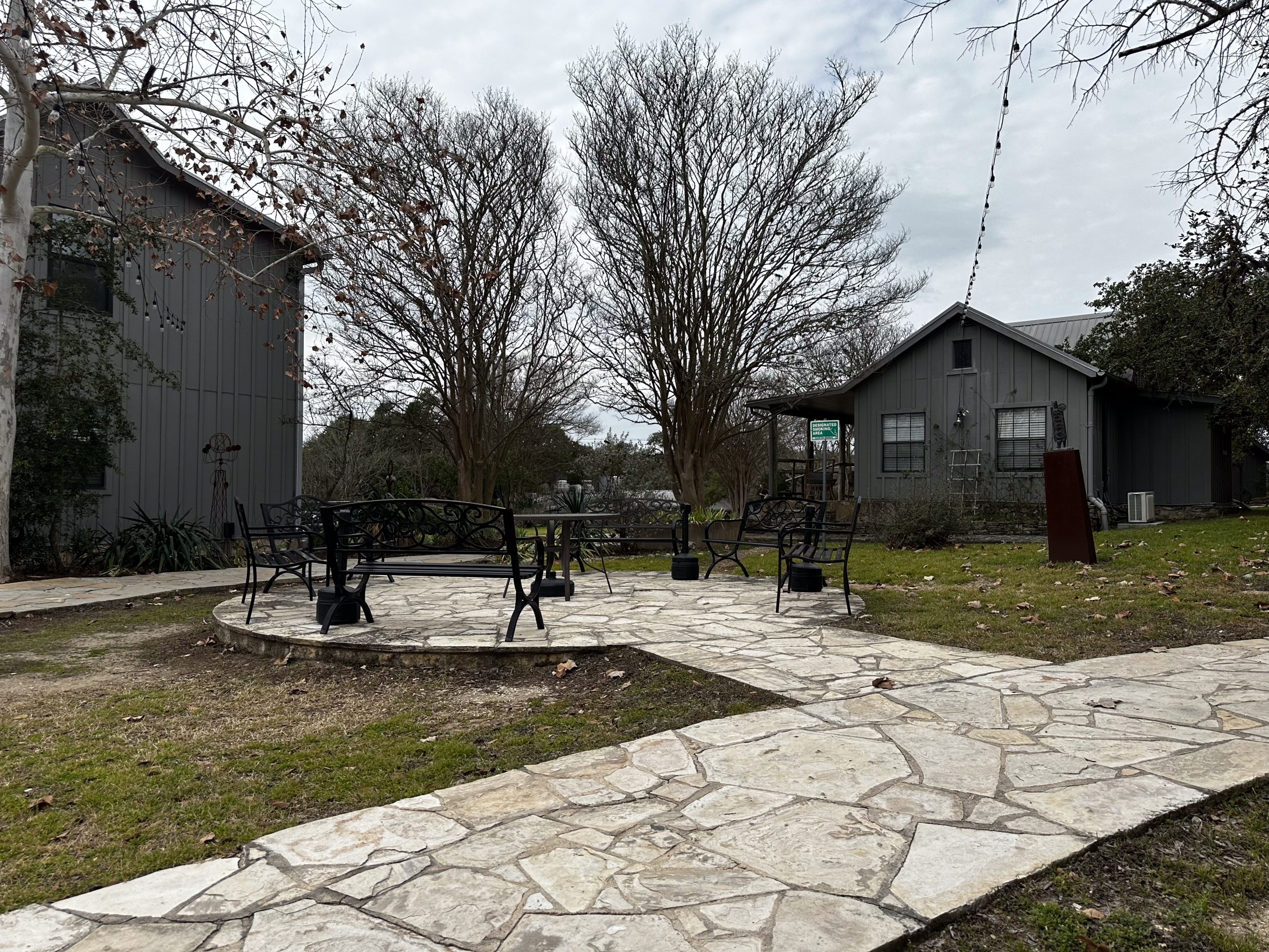
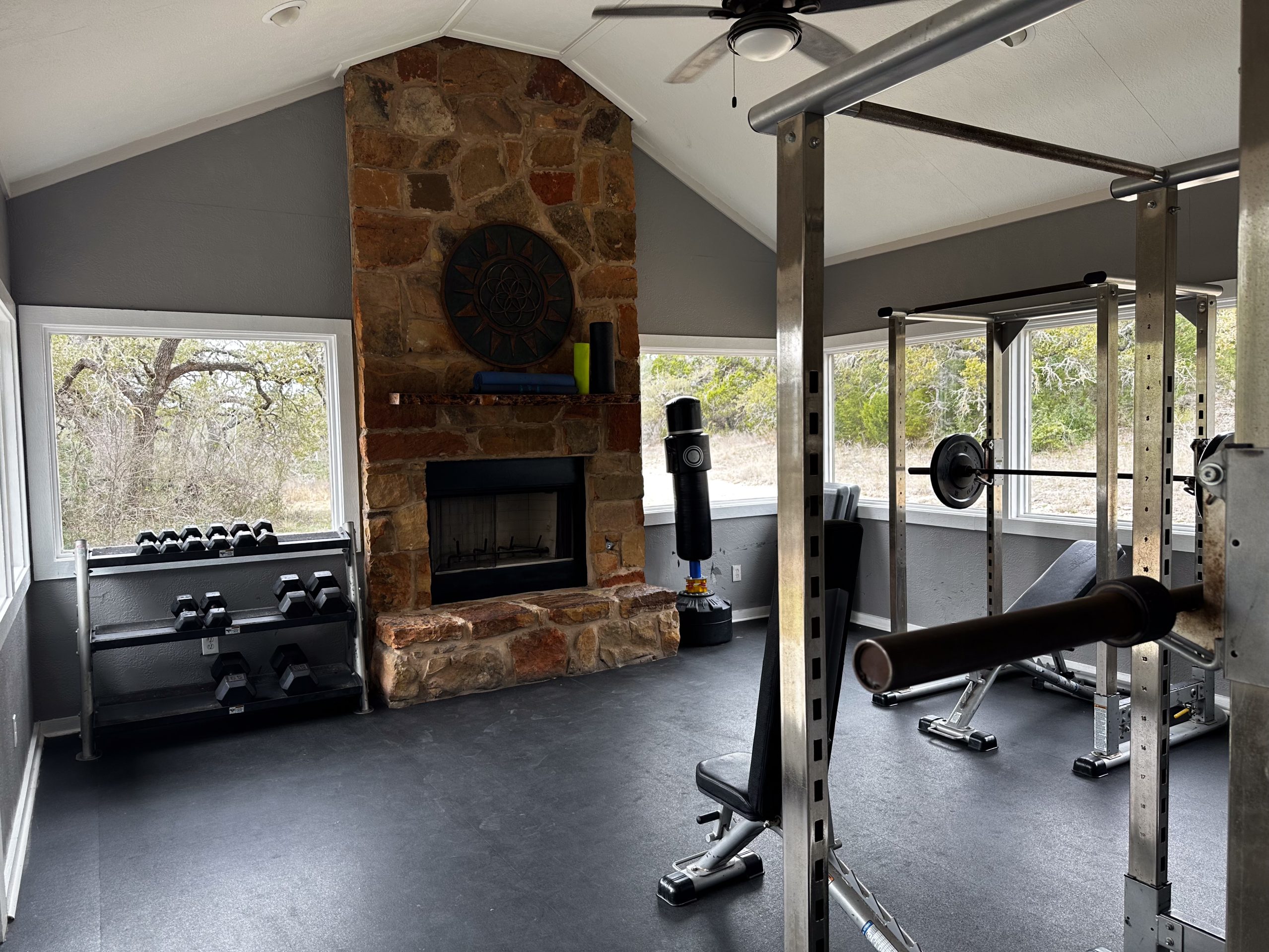
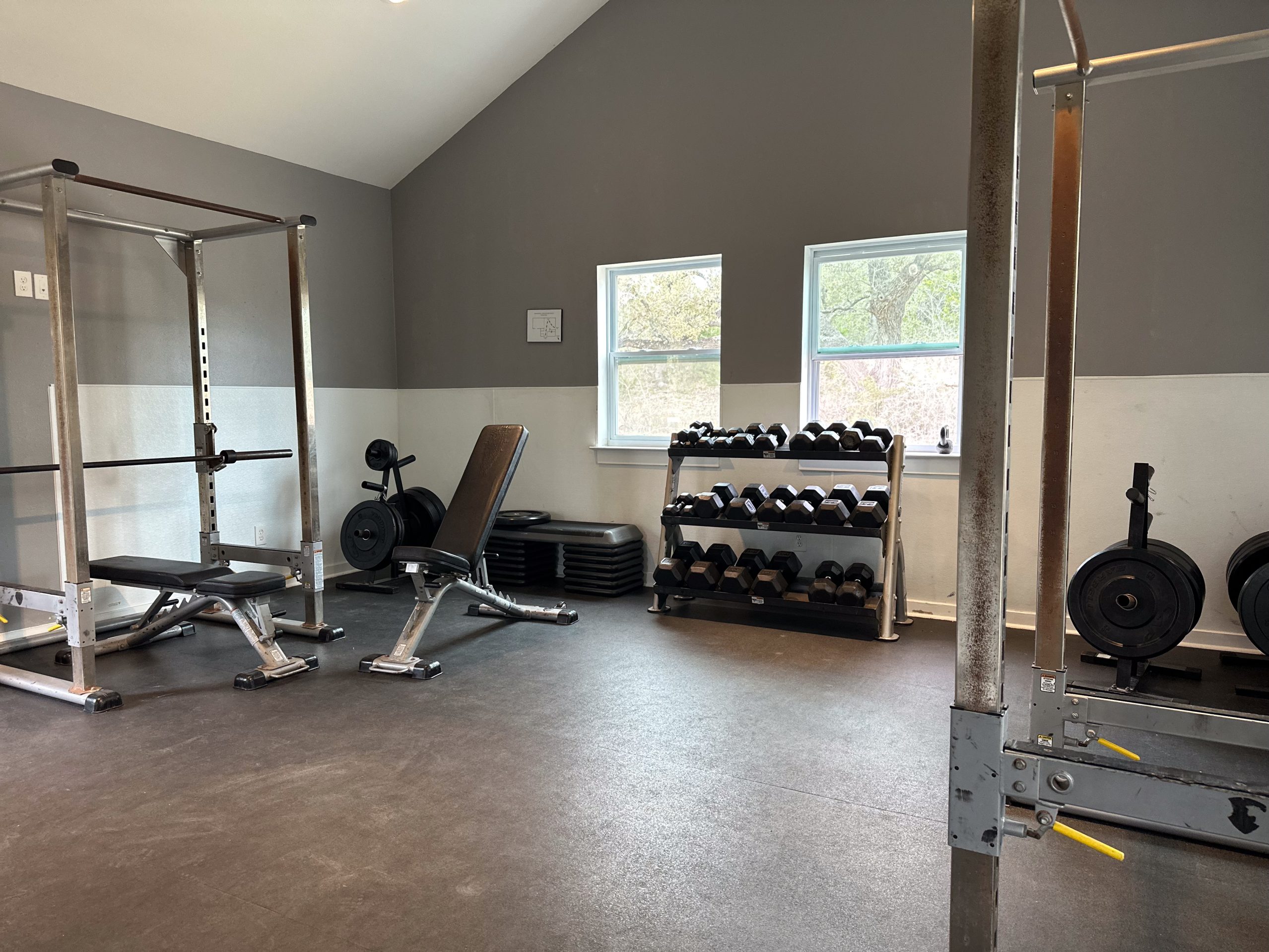
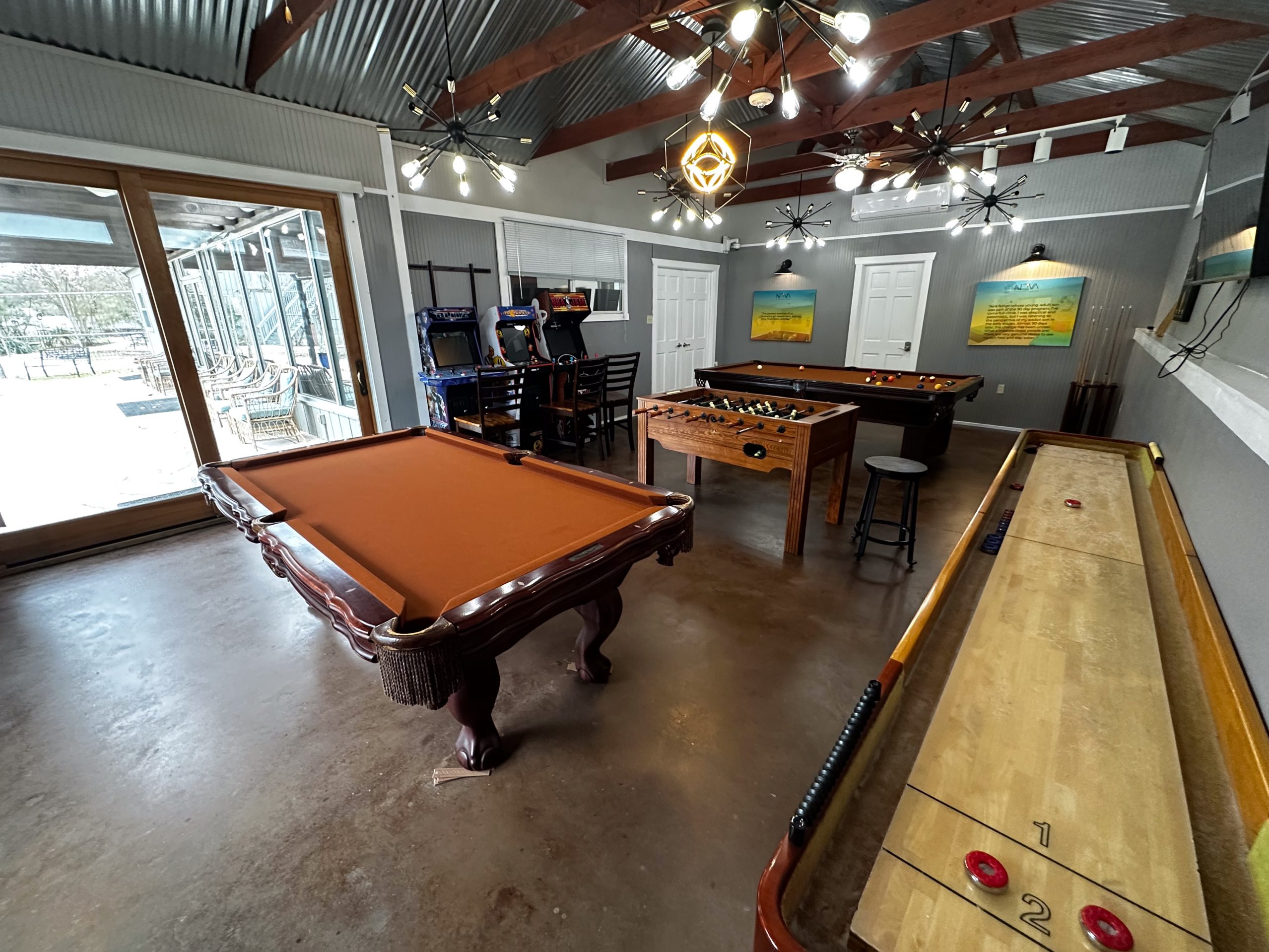
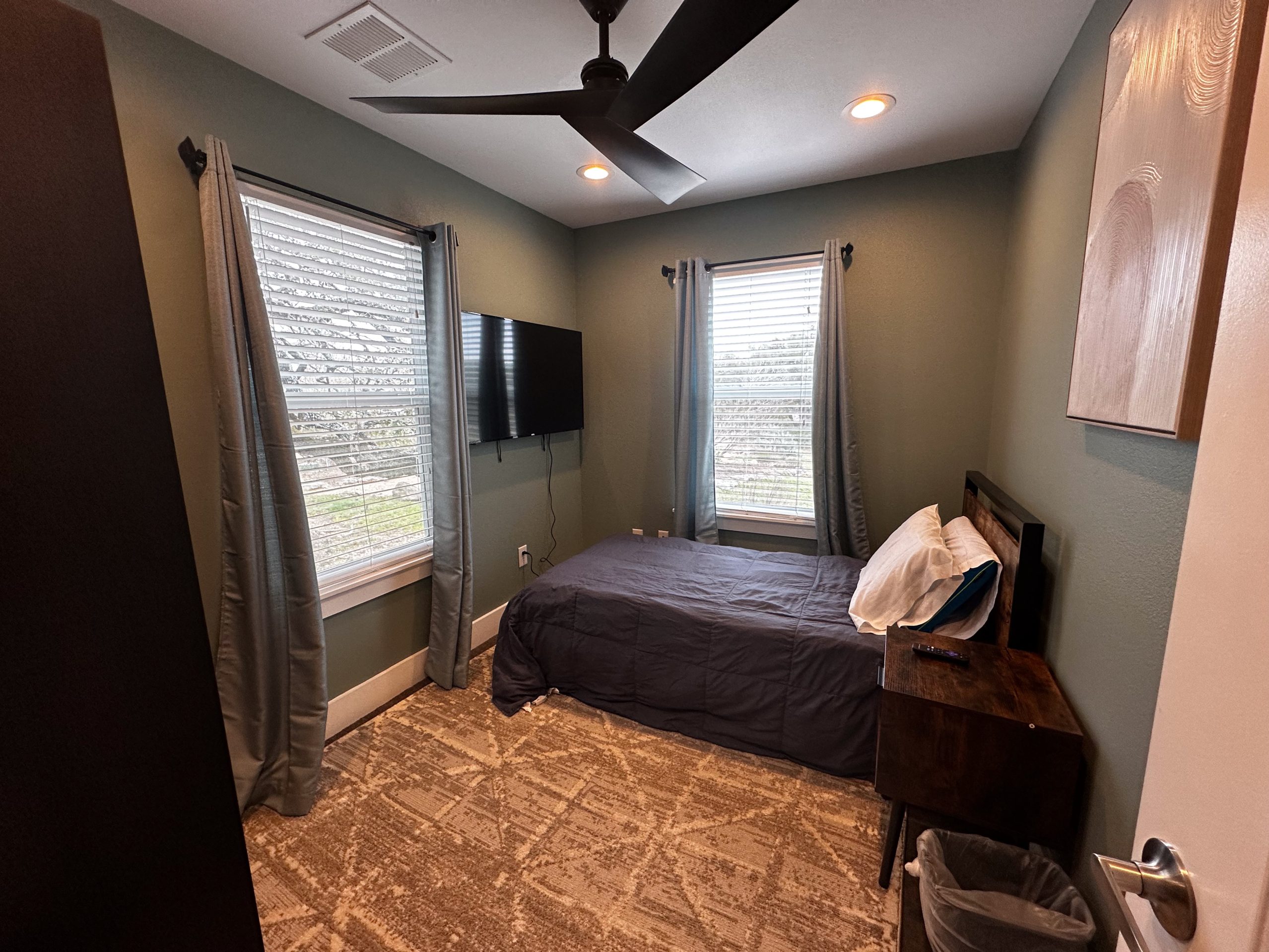

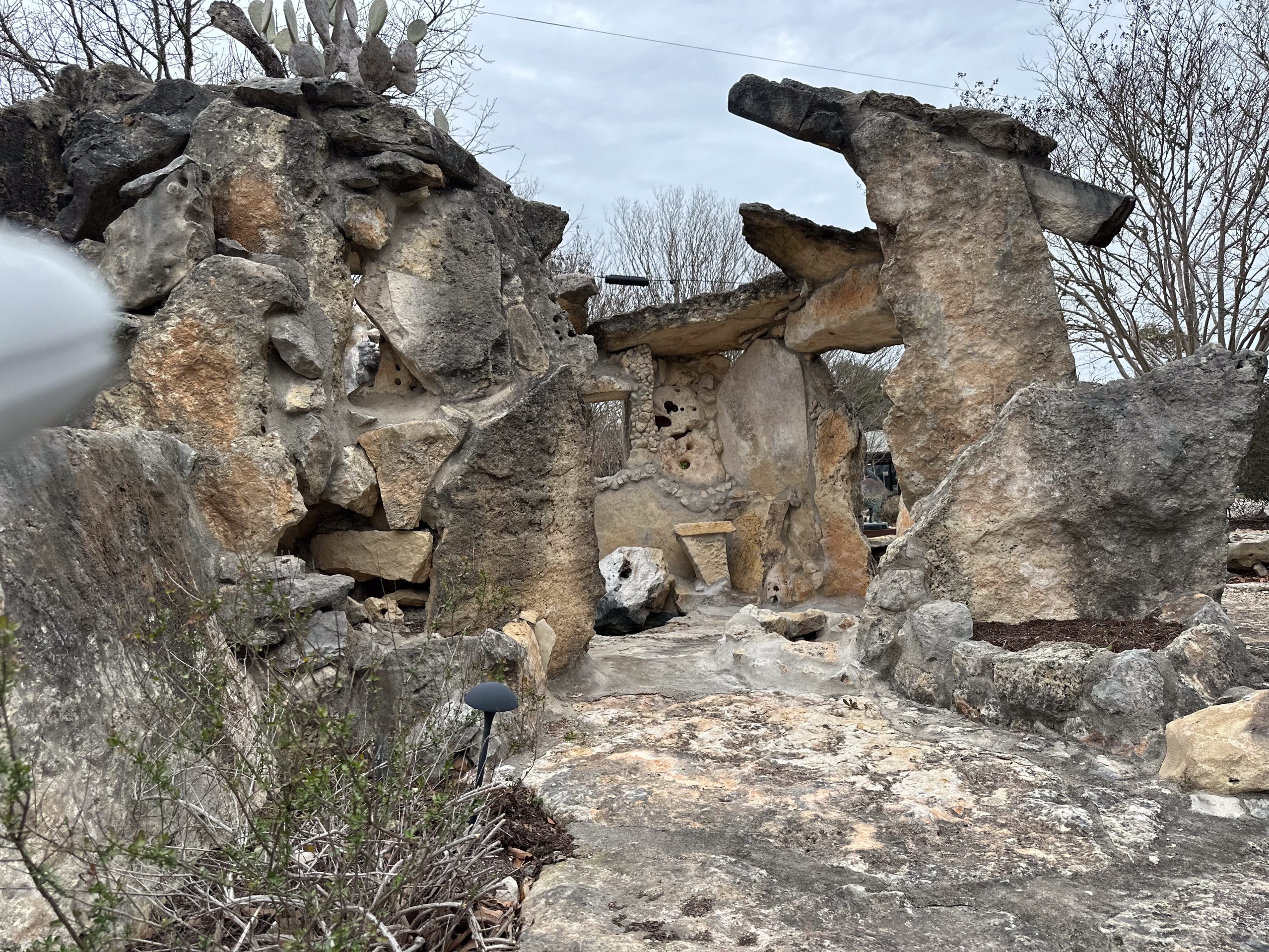
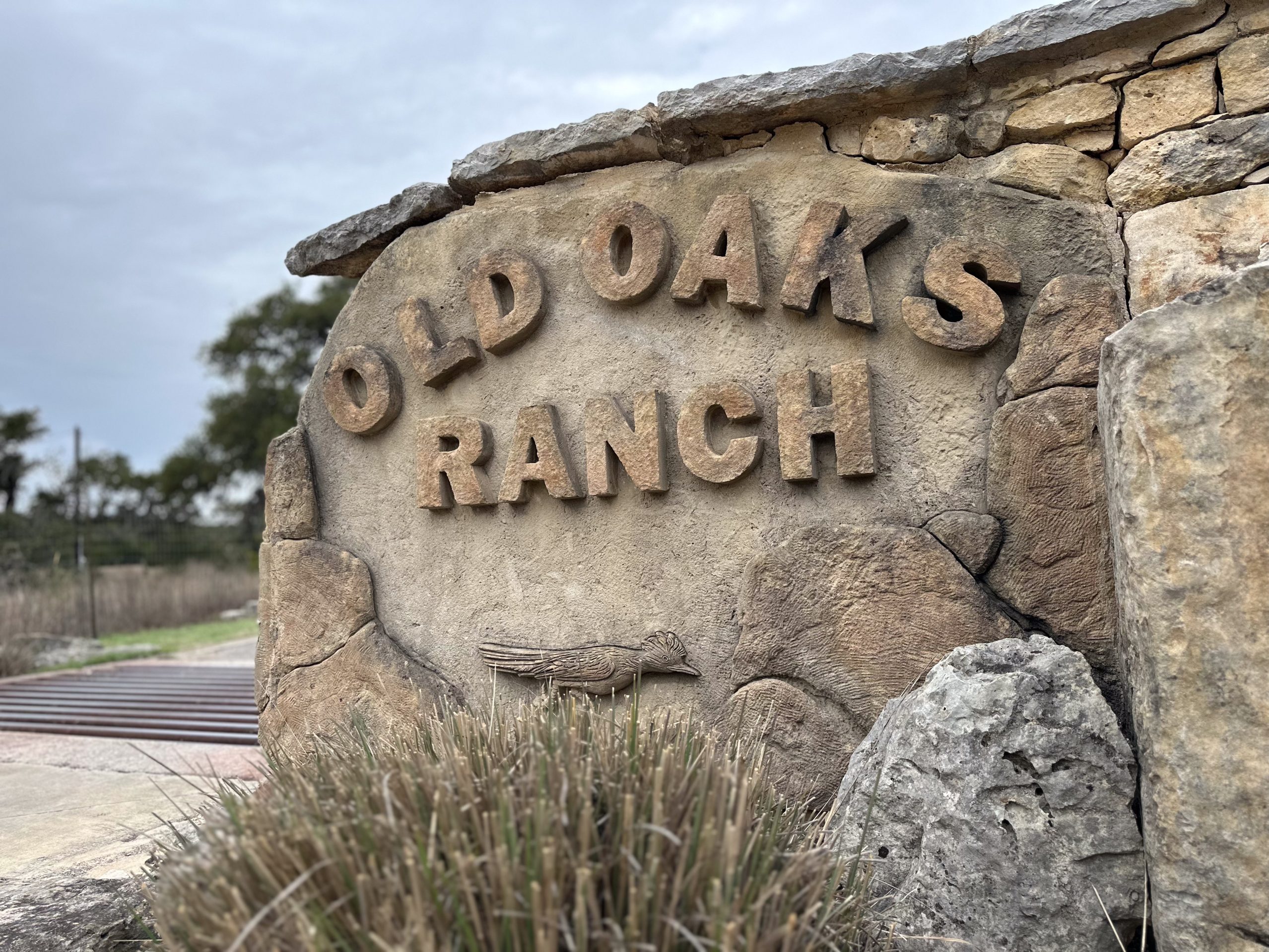
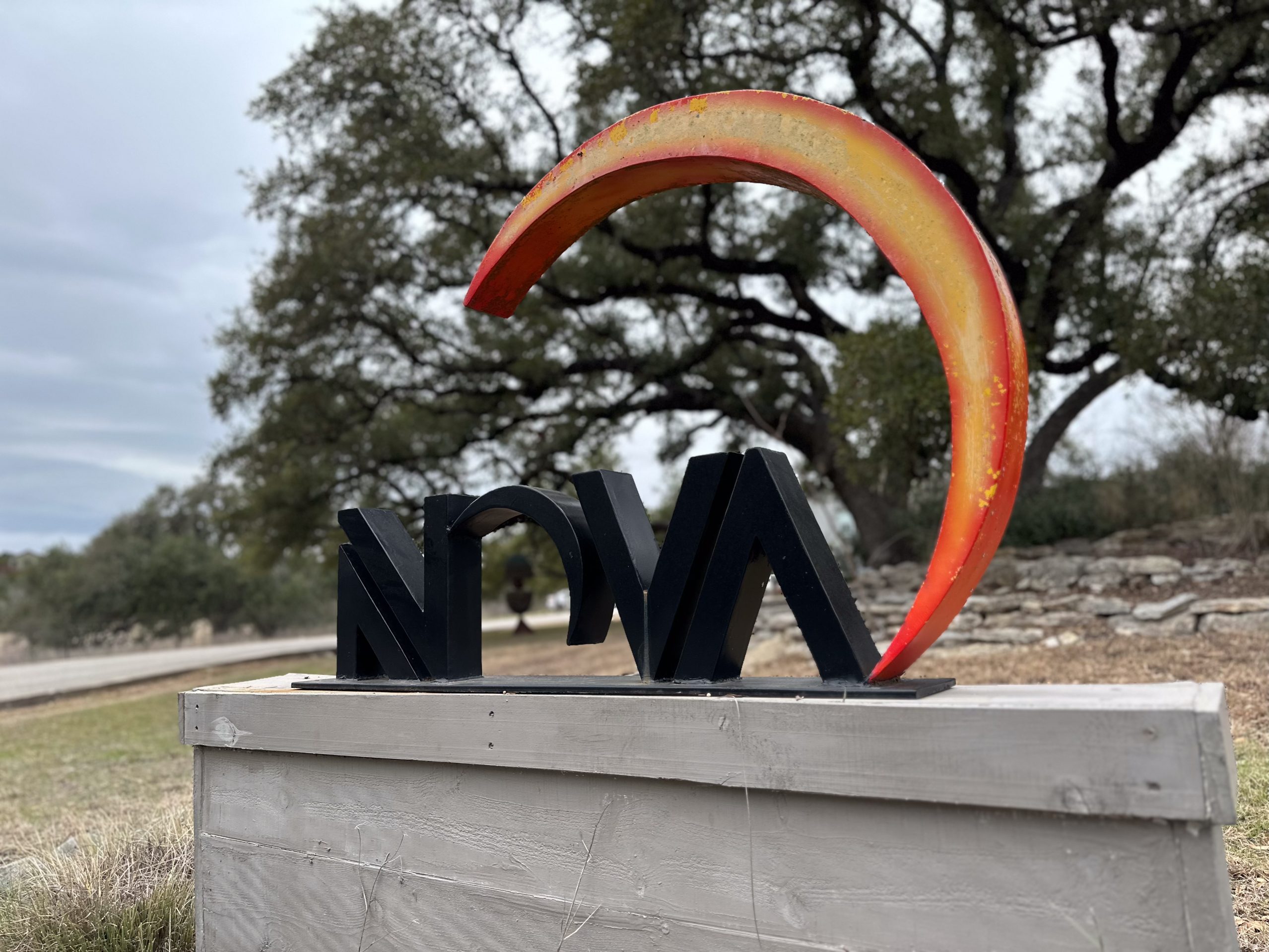
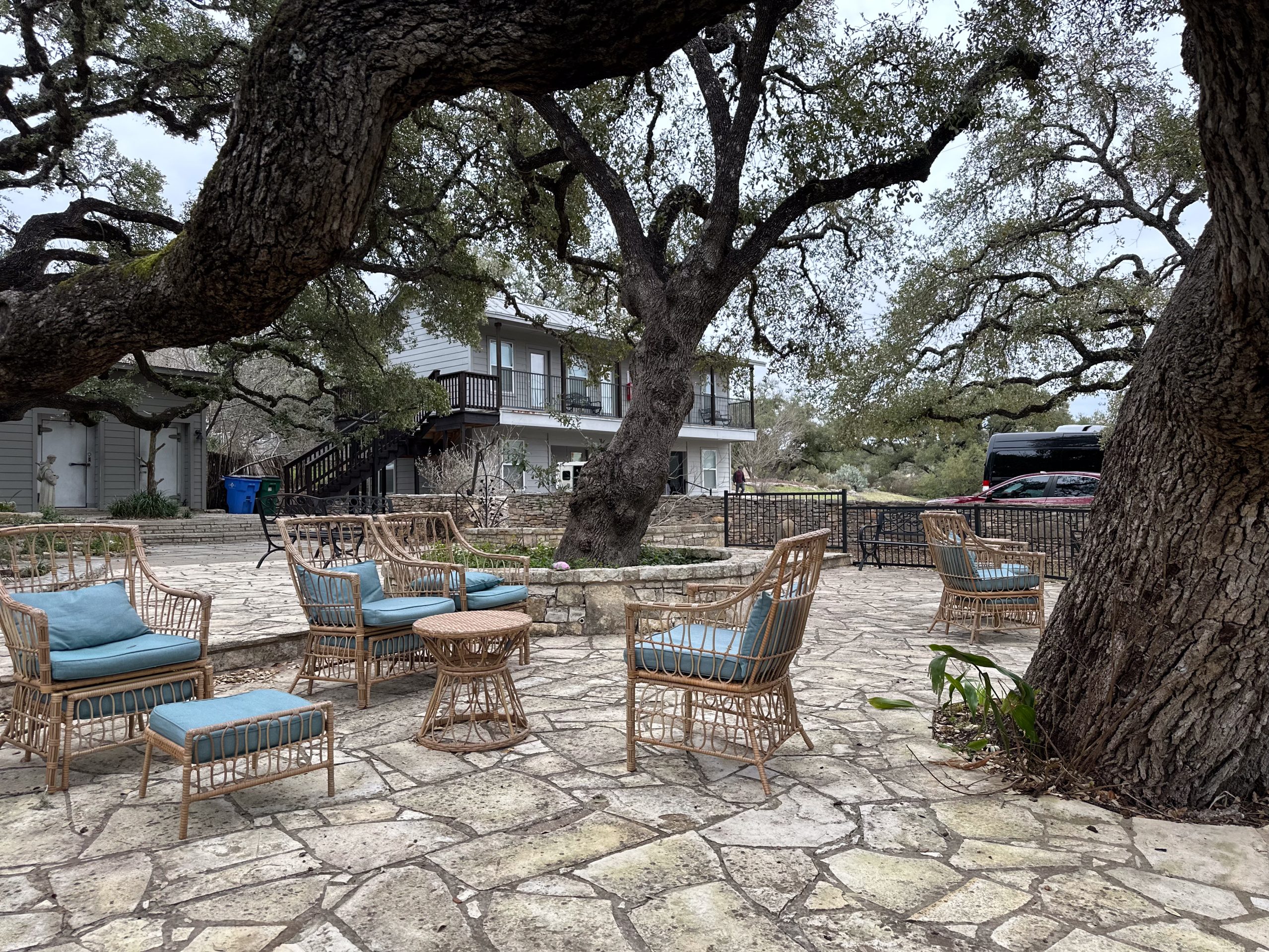
Our Drug and Alcohol Rehab Services in Texas
Freedom Starts Here. Take Back Your Life Today.
Same-Day Admissions in Austin Available.
Nova’s Comprehensive Continuum of Care Plan
90-Day Residential Alcohol and Drug Rehab

Our 90-day residential drug and alcohol rehab in Austin center provides a safe, comfortable, and supportive space for you to heal, learn, and recover. Unlike other 30 or 60-day programs, our long-term rehab program gives you more time to adjust to a new way of living, more time to practice the mental and spiritual tools you will use outside of rehab, and more time to acclimate into a recovery community. This 90-day time span promotes genuine and lasting change for sobriety that lasts long after inpatient rehab ends.
Drug and Alcohol Detox
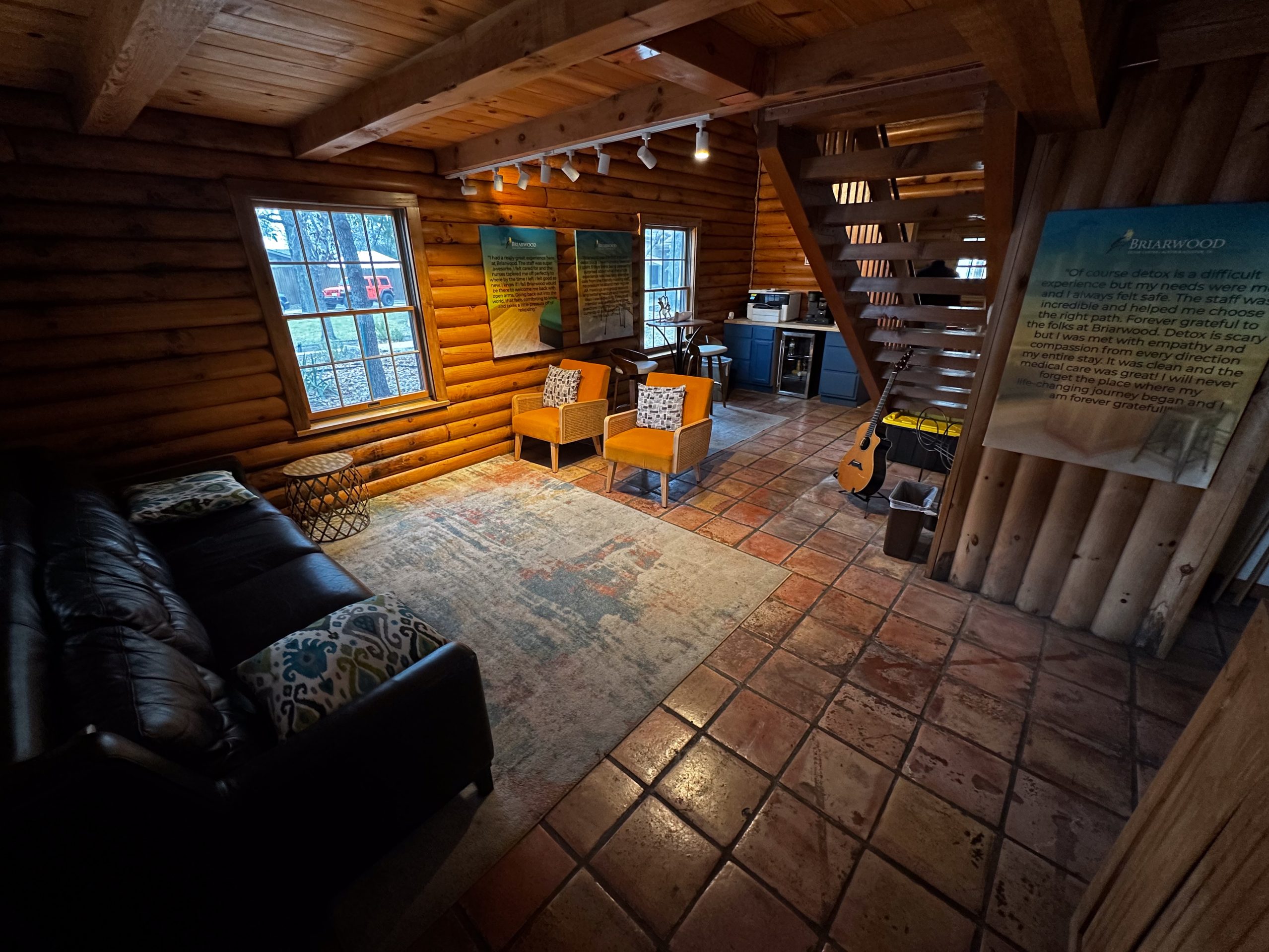
Our medical detox programs treat all kinds of addictions and are tailored to meet your individual needs. We use a comprehensive assessment to design a personalized detox program that will ensure your comfort and safety throughout the withdrawal process. You’ll also have the opportunity to begin individual and group therapy to address any emotional issues and prepare for the transition into a rehab program. We believe this process provides the best foundation for continued sobriety.
Aftercare Program and IOP

Our Intensive Outpatient and Aftercare programs are designed to assist those who have graduated from our inpatient residential facility. Group sessions are available in Austin and Houston and provide structured addiction treatment sessions and recovery counseling in a safe, clinical setting. The first year of recovery can be difficult, but these support groups provide consistency, accountability, and peer support at a time when it’s needed most.
Sober Living Apartments

The transition from a residential rehab center into independent sober life is littered with obstacles. For this reason, we provide sober living homes and support programming for clients who need continued support as they make the transition. With regular drug and alcohol screenings, one-on-one sobriety coaching, and a safe, comfortable place to practice relapse prevention strategies, our sober living program is key to achieving an independent, substance-free life.
More Time. More Joy. More You. Start Now.
WE ACCEPT MOST INSURANCES







